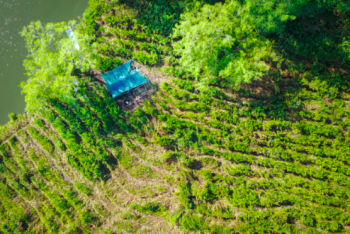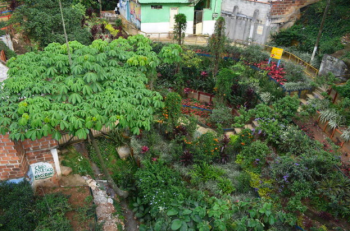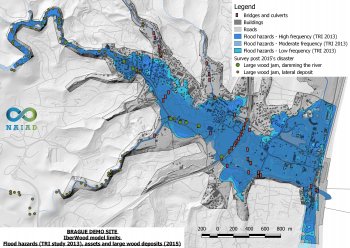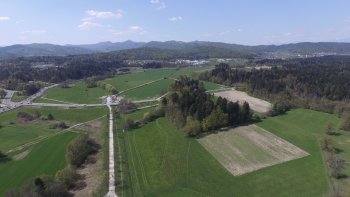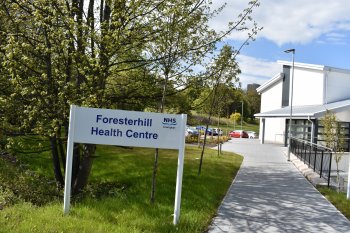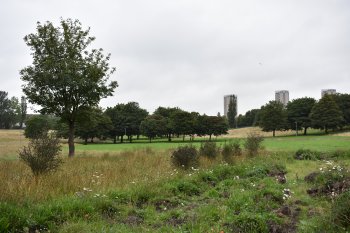Mangrove restoration in Costa Rica
A pilot mangrove restoration project in Costa Rica demonstrating how mangrove planting can benefit habitat and species conservation, whilst boosting the local economy. About 40% of Costa Rica’s mangroves were deforested following the collapse of the country’s banana boom in the 1980s. A vigorous fern species has taken over much of the deforested area, preventing the mangroves from re-establishing. A pilot restoration project of 30 ha of mangrove in a protected wetland was implemented, involving clearance of the ubiquitous fern, planting of saplings, and continued fern removal for a few...

